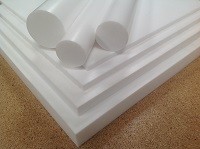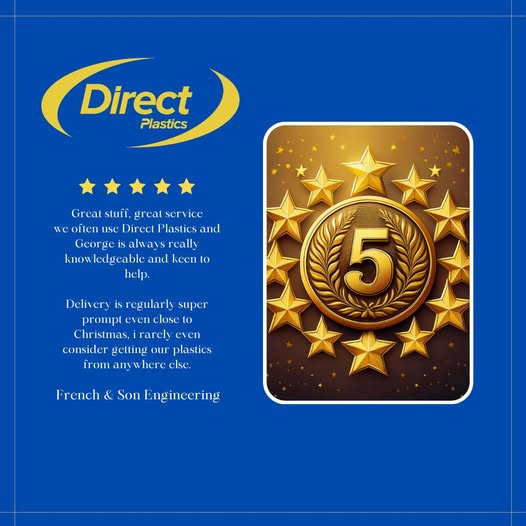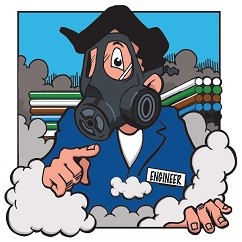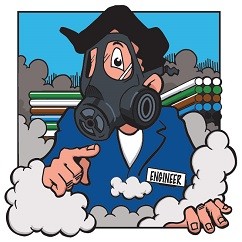In this week’s tech chat, we’ll be discussing the arguments for and against with regards to PTFE. We’re going to make sure we cover both the positive and the negative features of this great material and learn how much of a temperature extreme it really can withstand. So here are the good features to start off with:
Slippery as an Eel
PTFE is pretty famous for its low friction or “slipperiness”, and in terms of ranking, this is on pole position, PTFE actually has the lowest friction numbers of any man made substance, and the same as ice, so if you’re looking for a super low friction bearing material, this stuff has to be on your starter list, but keep on reading.
Handling the heat
As mentioned earlier, PTFE is pretty stunning and for both high and low temperatures its definitely on the front row of the grid with a working temperature of + 250 degrees centigrade which is way more than double what most other plastics can survive at, it can also live at – 250 degrees centigrade which is why cryogenic vessels and chambers are lined with the stuff.
High end electrical insulation
Most electrical insulation we come across in daily life is probably a form of PVC which is great and does a pretty good job but if you need to go higher, PTFE sheathing is usually the way to go and can be between 2 and 4 times better than PVC
Acids & Chemicals
As with most plastics, Acid and Chemical resistance isn’t going to surprise too many people out there, but PTFE is once again a bit of a performer and one of the reasons you’ll find it inside high quality chemical valves.
Going with the “flow”
PTFE will what they call, “flow” what this means is that if you were making a seal to go inside a valve, the PTFE would permanently mould or conform to the exact shape of the opposing part, creating a perfect seal
As promised, we have the negative features, which are:
A bit like liquorice
The big one seems to be that PTFE is soft and can squash easily when being held in jaws chucks or vices, you can even dig your nail into it. Its about 5 times softer than Nylon so it makes machining small components more difficult due the material deforming a bit like liquorice or toffee, the deformation is permanent also which means that it won’t spring back to its original shape. There is also a distinct lack of rigidity; even 40mm bar will eventually bend under its own weight.
Under Pressure
Although its a great bearing material, there is obviously a catch or a snag as you might say, the load has to be pretty low because it will just deform if too much pressure is applied to it
My Wear resistance is low
Just because it has low friction, doesn’t actually mean that its automatically good for high wear resistance. Because PTFE is pretty soft, place it in a highly abrasive environment and it will wear away, we’re exaggerating a bit here but almost a bit like soap
Not even superglue
PTFE is notoriously difficult to bond, although it can be done with the use of specialist adhesives and also performing a special acid etch process onto the surface to give a key for the adhesive to grab on. This is the bit where we recommend talking to an adhesive specialist.
A strong gravitational pull
PTFE is heavier than the majority of other engineering plastics and to give you an idea, its close to twice the weight of the equivalent in nylon
Big and short
If you want anything beyond 120mm in diameter, they can only manufacture by moulding, the snag here is that they usually only have moulds of 300mm in length, so if you wanted to make anything longer, it would have to be in sections.
In Summary then:
- Its superb for high and low temperatures
- Great for its low friction (same as ice)
- Electrical resistance is spot on
- Acid and chemical resistance is right up there
- Its pretty soft though remember (nylon is 5x harder)
- High abrasive resistance aint a strong point
- Gluing is going to need some patience










